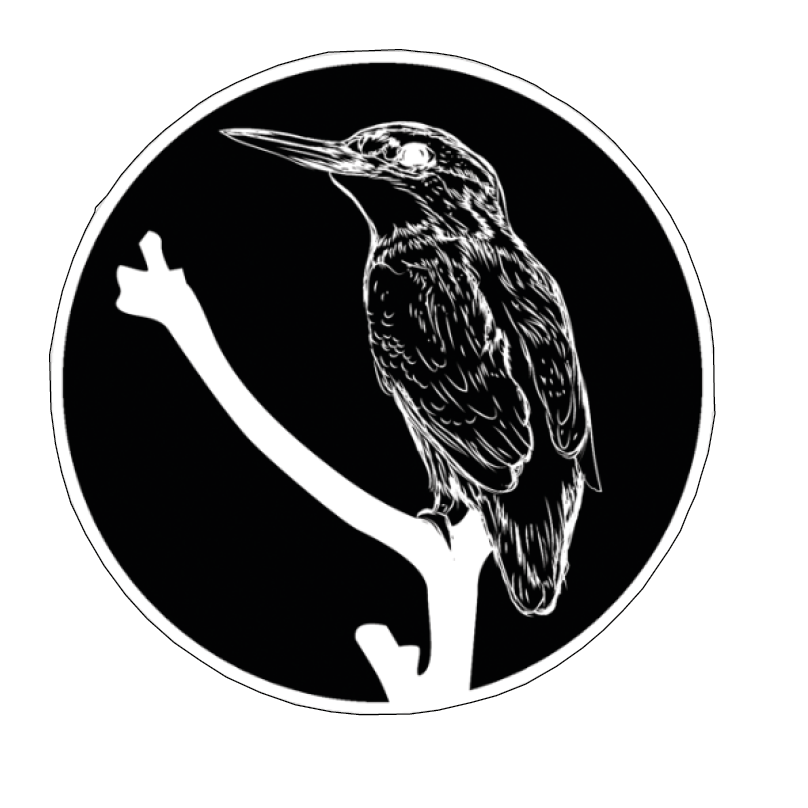‘I think all musicians should get together on a certain day, get down on their knees and thank Duke.’ Miles Davis, speaking in 1955, sums up Duke Ellington’s standing in the jazz world. A musician’s musician, Ellington led his band for over 50 years, composing and arranging countless hits and helping to popularise the genre across the globe. More recently, thanks in part to the advocacy of musicians such as Wynton Marsalis, his reputation beyond jazz circles has grown too, with performances of his concert hall pieces increasingly common.
In fact, it was classical and parlour music that Ellington was first exposed to. His parents, amateur musicians and members of Washington DC’s black bourgeoisie, counted the composer Will Marion Cook among their circle, and the young Edward – nicknamed Duke by friends for his elegant demeanour – took piano lessons from the age of 7. It wasn’t until he was a teenager that Ellington discovered ragtime. From that point his rise to Jazz Age stardom was rapid. Moving to New York in 1923 he formed The Washingtonians, landing a job playing floor shows at the Hollywood Inn. Three years later the band had their breakthrough recording hit, ‘East St. Louis Toodle-o’, leading to a residency at Harlem’s famous (and segregated) Cotton Club.
From the 1930s the band toured extensively, bringing Ellington international fame and a string of hits including ‘Mood Indigo’, ‘Sophisticated Lady’ and ‘In a Sentimental Mood’. He had already begun to flirt with longer forms, such as the eight-minute Creole Rhapsody and the score to the short film Symphony in Black, and in 1941 Carnegie Hall contracted him for a series of annual concerts – each of which was to include the premiere of an extended work. The first of these, Black, Brown and Beige, puzzled critics but represented the beginning of a rich period of cross-genre experimentation that spawned the Perfume, Queen’s and Nutcracker suites, incidental music for Timon of Athens, the (optionally) orchestral tone-poem Harlem and the symphonic ballet Night Creature. Following a slump in popularity during the 1950s, Ellington was ‘rediscovered’, solidifying his reputation as the godfather of jazz. His tours became diplomatic as well as musical affairs, and he continued to perform and compose right up until his death.
Although Ellington composed for a wide range of mediums, and drew from a mix of jazz, avant-garde, classical and Tin Pan Alley, he was consistent in two key respects. His music, always bluesy and seductive, tows a delicate line between composition and improvisation, structure and spontaneity. ‘You can’t just throw a paintbrush against the wall and call whatever happens art,’ he said. ‘My music fits the tonal personality of the player. I think too strongly in terms of altering my music to fit the performer to be impressed by accidental music.’ He also had a remarkable ear for colour and texture, voicing chords (always four or five notes at least) in a way that entranced listeners. As Billy Strayhorn, his great composer–arranger colleague, once said: ‘Ellington plays piano but his real instrument is his orchestra.’

